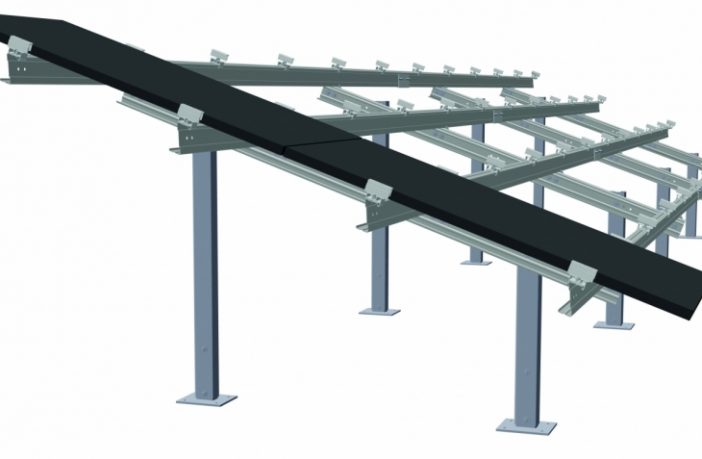Fifty employees of the Schletter Group currently manufacture mounting systems for photovoltaic systems in Kirchdorf, just outside of Munich. But this will soon be over: Schletter will relocate the entire in-house production to an existing manufacturing site Shanghai during next year. More than 90 percent of the company’s products are already manufactured there. Besides, Schletter can fall back on a network of production partners in Germany and other countries if required. The company intends to continue this cooperation.
With the end of production in Germany, jobs will be lost, explains a spokesman of the Schletter Group at the request of pv magazine – an exact number is now being agreed upon during negotiations with the works council. The company in Kirchdorf wants to increase the number of employees in the areas of development, strategy, and administration. The bottom line, however, is that this will not compensate for the losses in production, according to the spokesman.
“We produce in Kirchdorf on a relatively low flame and at conditions that are no longer competitive internationally,” says Florian Roos, managing director of the Schletter Group. “Therefore, this is a strategically correct and consistent step. A total of around 150 people are currently employed in Kirchdorf.
“Our strongest business is large-scale projects in the global growth markets, i.e., Asia, Australia, and America in particular,” explains Roos. “The fact that we were able to reposition ourselves here successfully is largely due to our global sourcing strategy, which we have implemented over the past few years. The Schletter Group now supplies all its major projects from its plant in China. Also, the company has access to a network of specialized production partners, for example, in Germany, the Netherlands, Turkey, or Bulgaria, but also in other markets. “This makes us extremely flexible, close to our customers, and at the same time cost-effective,” says Roos.
Schletter brought to the market a new tracking system last year. The company says that thanks to an engineering tweak they have rendered their single-axis tracker ‘as stable as a fixed-tilt’. Join this pv magazine Webinar with experts from Schletter and independent engineers to find out what is behind that new design. Tue, Dec 10, 2019 5:00 PM – 6:00 PM CET For more information on this webinar and free registration click here.
Meanwhile, the Schletter Group’s business continues to develop positively, according to the company. Only recently, three large-scale ground-mounted projects in Nepal, Brazil, and Honduras with a volume of 80 megawatts were acquired. The assembly systems for these projects are produced in the Schletter plant in China. Further major projects are being planned.
The company expects that the demand for major projects will continue to increase, but at the same time, price pressure will also continue to grow. “Project developers and investors today have to plan their projects in such a way that they can expect little or no funding,” stresses Roos. In addition to a cost-optimized delivery strategy, the Schletter Group, therefore, focuses on innovations – including new roof-and outdoor systems that get by with less material and assembly time.
Author: Ralph Diermann
This article was originally published in pv magazine and is republished with permission.











